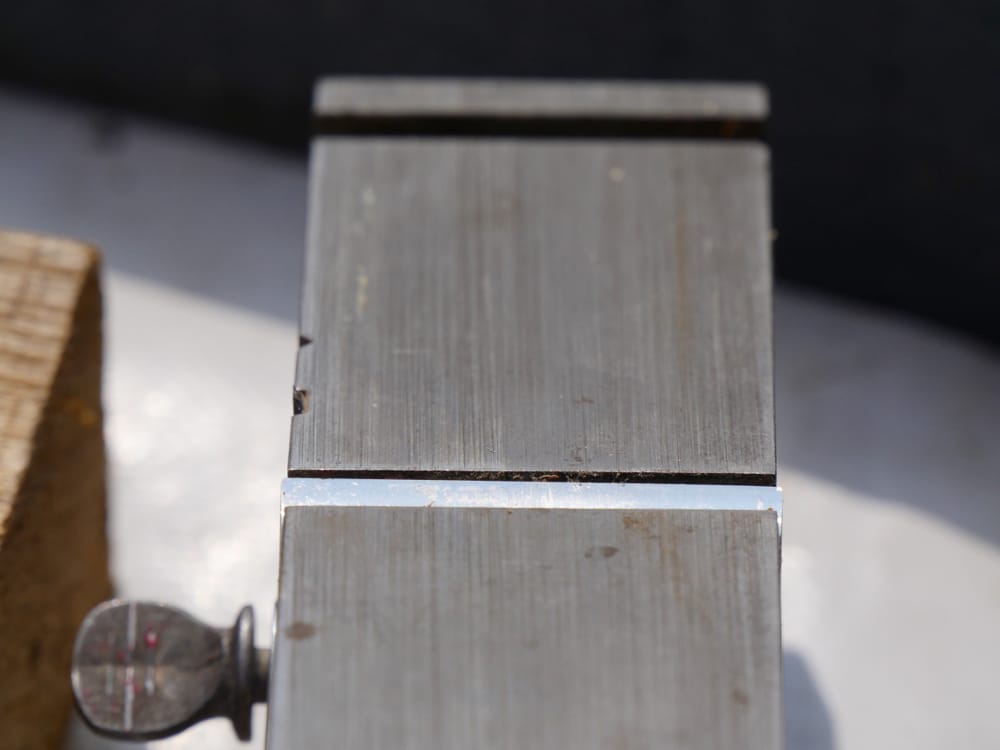Iím working on a project that features a number of rabbets. I did the small ones with my Veritas plow plane. They turned out great. The larger ones are 5/8 wide by 1/4 deep and I used an old Stanley #78. I struggled getting everything square and true. It was too easy to tilt the plane. Any tips for getting this right the next time?







 Reply With Quote
Reply With Quote








